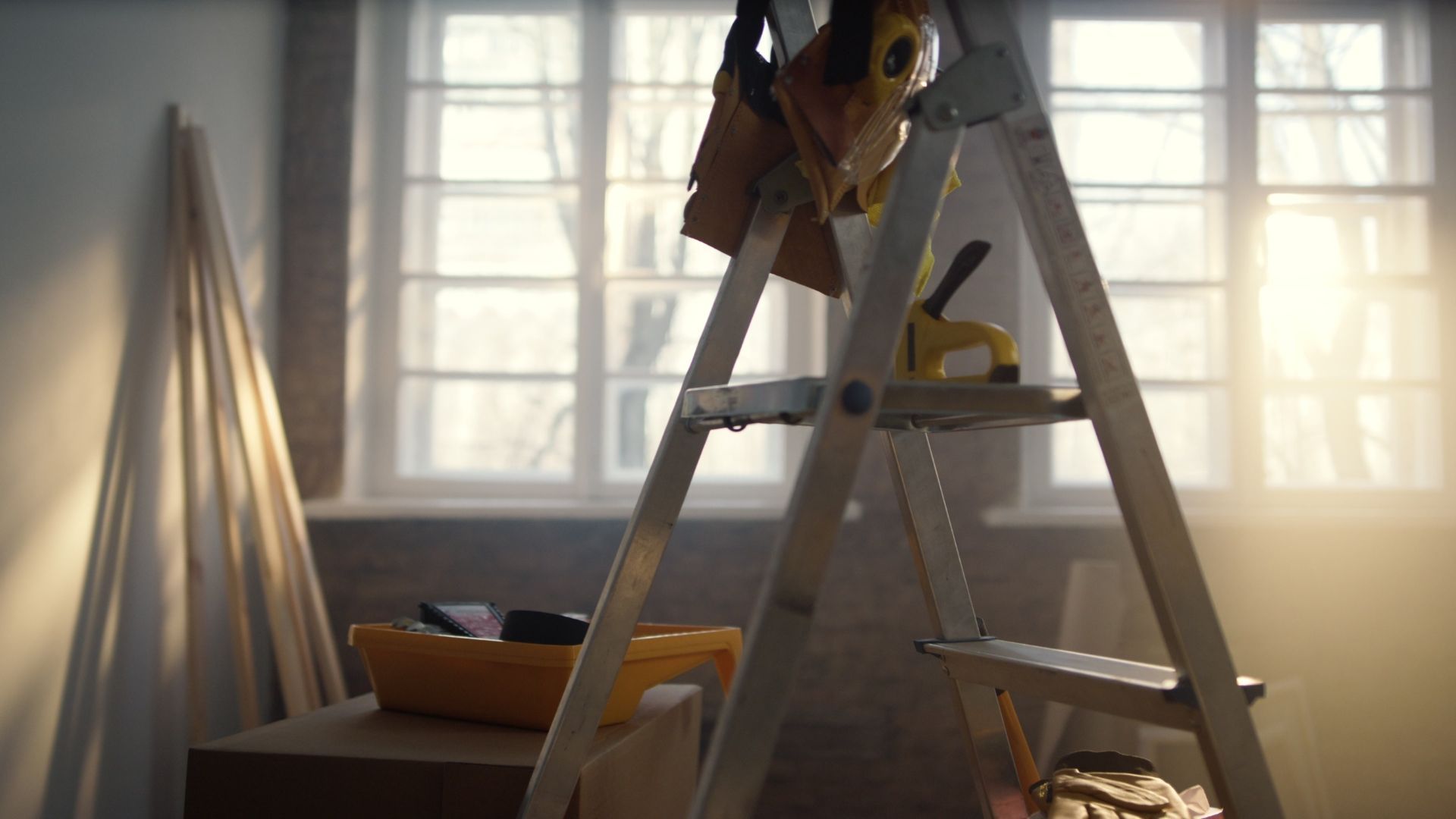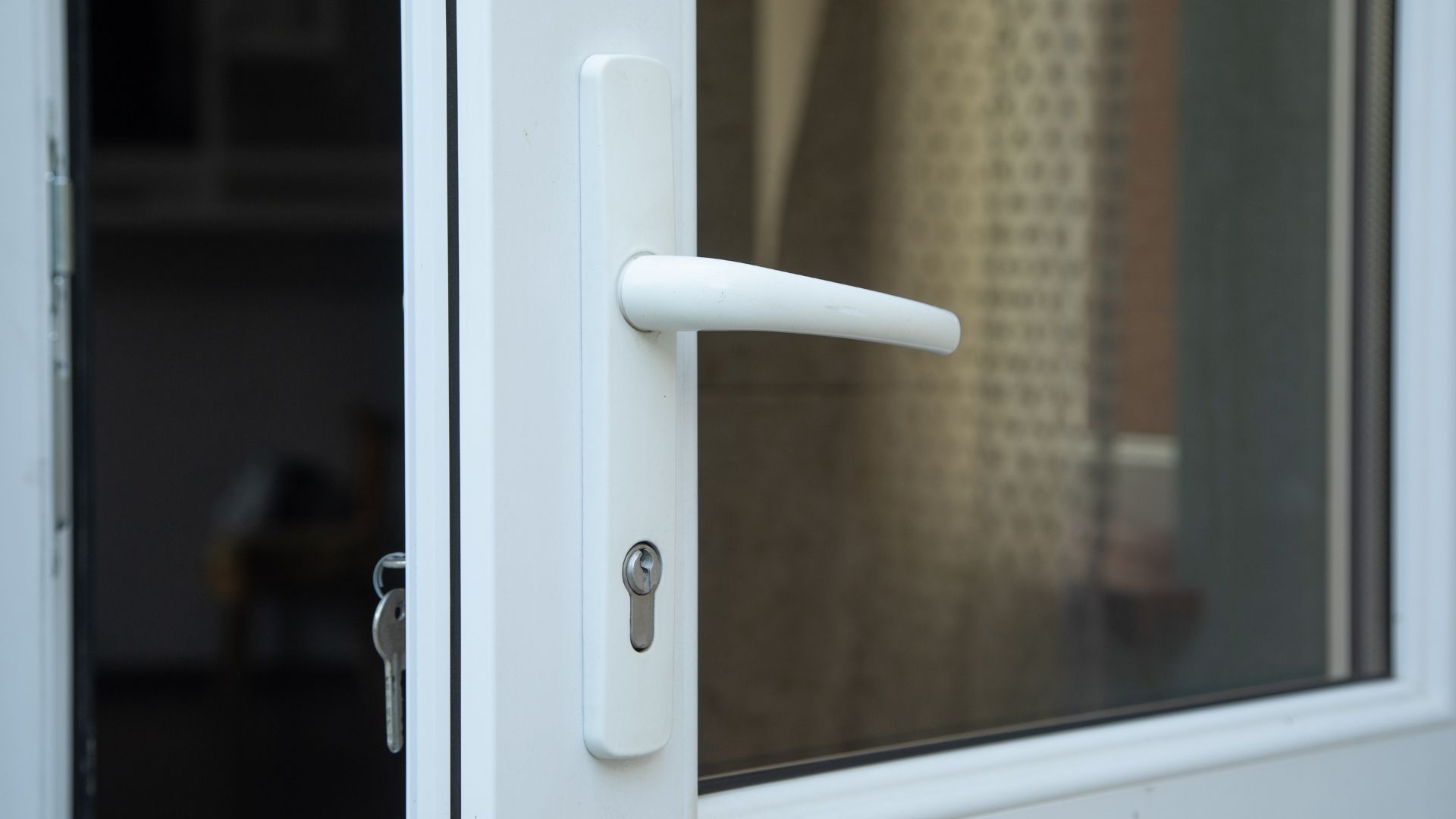Can you remortgage for home improvements?
Looking to fund home improvements but don't know how? Explore remortgaging and other options.

For most people, most of the time, a mortgage is all about moving. But did you know that remortgaging can be a way of funding a home improvement project?
Whether you're looking to add value to your home or simply want to increase your comfort there, remortgaging can help you pay.
After all, most projects that qualify as "home improvements" aren't exactly small purchases. Extensions, solar panels, renovations – all require a decent amount of cash to get right.
Remortgaging works like this. Let's say you have a mortgage of £200,000 and you need £15,000 for a conservatory. You would ask either your current lender or a new lender for a new mortgage of £215,000.
Your repayments will, of course, go up – and in the long run, you'll be paying more than £15,000 on your conservatory. But it can be a nifty way of budgeting for a big project if you don't have the funds immediately at your disposal.
H3: Remortgaging vs borrowing more
Along with remortgaging, homeowners have the option of borrowing more to pay for home improvement projects.
The amount you can borrow – and the interest rate – will be affected by how much you have left to pay and how much the property is now worth. It will also be affected by your
current financial situation rather than your situation when you took out the mortgage.
All this means you could end up paying a higher interest rate on your mortgage repayments. As with your original mortgage, the extra you add is secured against your home.
If you decide to remortgage, you should get quotes for your home improvements before approaching a lender.
Is it right for me?
Remortgaging to pay for home improvements works for some people and not for others. Here are some things to keep in mind before you go ahead:
- You may get charged an early repayment charge (known as a "redemption fee" or "exit fee").
- The remortgaging process can take a few weeks.
- The older you are, the more difficult it is to remortgage.
- If house prices fall, you could owe more on the mortgage than the house is worth (what's known as negative equity).
- If you have less money in the future for any reason, you may struggle to meet your repayments.
What is LTV and how does it affect remortgaging?
Before you ask a lender to remortgage or increase your mortgage, you should find out how this will affect your LTV (loan-to-value) ratio.
This ratio tells you the percentage of your home's value that a lender will lend you. The higher the percentage, the higher your interest payments.
It may be that your new interest rate is higher than the interest on a personal loan. In this situation, remortgaging may not be for you.
Paying for home improvements with a lifetime mortgage
A lifetime mortgage is a type of equity release taken out by people in their 50s and older. It involves borrowing money against the value of your home. You take out a loan secured by your property – one that doesn't need to be repaid until you die or go into long-term care.

Lifetime mortgages aren't for everyone. If you don't pay back monthly, interest payments are "rolled up" and can quickly snowball. What's more, a lifetime mortgage can affect inheritance. For some people, however, a lifetime mortgage is a great way to pay for home improvements.
Will home improvements add value to your home?
The answer is "maybe". Sometimes, the work pays for itself because your new kitchen – to take one example – adds value to the property. But this isn't always the case.
It's also worth considering the ceiling price in your area. This is the maximum amount a buyer is likely to pay for a house in your area. If you get a new conservatory, for instance, you may nudge the property over the ceiling price, cancelling out the added value of the extension.
If your property is close to the ceiling price, it's worth checking with a local estate agent or financial advisor before you start planning a home improvement project.
More often than not, kerb appeal is a more reliable and cost-effective way to increase the value of your property.
Other ways to fund home improvements
If you decide against remortgaging for home improvements, there are other ways to fund your project.
The safest and most cost-effective is to pay from savings. If this isn't an option, you could consider paying by credit card or personal loan.
If you pay by credit card, make sure you're confident you can clear the full balance each month. If you don't, you'll have to pay interest.
Personal loans often have higher interest rates than mortgages. They are, however, paid back over a shorter period, meaning you can pay less back overall.
The key difference between a personal loan and a mortgage is that a personal loan isn't secured against your home.
As with all loans, make sure you take one out only if you're confident you can make the monthly repayments. If you don't, you're building up financial troubles for later.
You may be eligible for a further advance. This is where you borrow more from your lender at a different (preferably lower) rate than your mortgage. As with all these options, it's important to do the maths before committing to anything.
Can you remortgage after a home improvement project?
If you fund your home improvement project through a personal loan or savings, you could remortgage your home once the work is complete.
This is especially sensible if the changes have increased the property's value. You're now in a position to get a deal with a better LTV ratio. However, you shouldn't assume the improvements will improve your home's value.
Looking for a new window or
door installation as part of a home improvement project? Here at Calder Windows, we've been a trusted local name in Yorkshire for more than 30 years.
Get in touch with our friendly team today to request a free quote.
Get a FREE quote
Are you on the lookout for uPVC window fitters in Wakefield or West Yorkshire? With over 30 years' experience and an extensive range of uPVC windows, we can help. Request a quote today or apply for finance and spread the cost.










